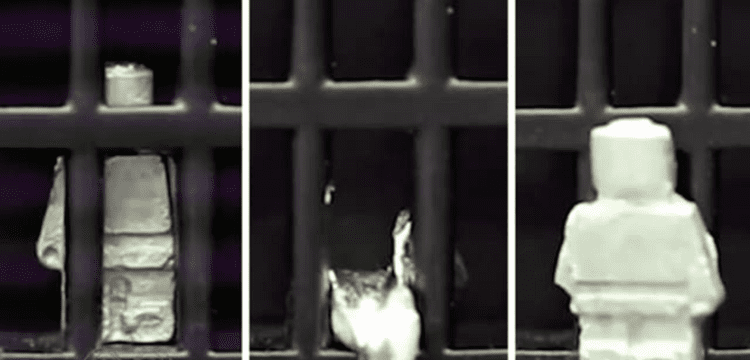[vc_row][vc_column][vc_column_text dp_text_size=”size-4″]All of us have seen T-1000, the shapeshifting robot from ‘Terminator 2′. The character in the 1991 film gave goosebumps to fans and made science enthusiasts wonder if such a thing will ever be possible. But in 30 years, scientists have made it possible. Earlier this month, they announced the creation of a robot that can transition back and forth between solid and liquid states, allowing it to navigate through numerous obstacles and environments without compromising on strength. Researchers applied the technology in different scenarios to demonstrate the capabilities of the robot.
The research was led by a team of scientists from China who said that the ability to overcome the limitations makes the robot useful in areas such as electronic assembly and the medicine field.
“Giving robots the ability to switch between liquid and solid states endows them with more functionality,” engineer Chengfeng Pan of The Chinese University of Hong Kong was quoted as saying by Science Alert.
The study detailing this breakthrough has been published in Matter. It describes how microscopic magnetic particles were embedded into liquid metal, and how those particles heated and cooled the metal based on adjusting the magnetic functions.
A video of the robot changing its state has also been released by the researchers along with the study. It shows the small robot locked up in a prison. Seconds later, it is seen melting to the ground – like the T-1000 in Terminator 2 – by increasing its temperature and coming out of the cell. It then immediately regains its shape after coming out by cooling down.
Scientists claimed that sea cucumbers, which can modify the stiffness of their tissues to boost load capacity and reduce physical damage, served as inspiration.
The researchers employed gallium, a soft metal with a melting point of 29.76 degrees Celsius, to make the robot. Scientists say they produced a “magnetoactive solid-liquid phase transitional machine” by embedding a combination of magnetic particles inside gallium.
“Here, the magnetic particles play two functions. One is that they render the substance susceptible to an alternating magnetic field, allowing for induction heating and phase change. The robots’ mobility and capacity to move in reaction to the magnetic field, however, are also provided by the magnetic particles “Carmel Majidi, a mechanical engineer and one of the study’s authors from Carnegie Mellon University, said.
The machine will now be used in real-world situations, but the scientists claim it needs some adjustments for that.[/vc_column_text][/vc_column][/vc_row]











